Having contractions can feel like — “oh my gosh, is this it” but there are some questions you should ask yourself before you start freaking out. AND if it’s labor, you’ll want to DO a few things as well. So, let’s find out what to do.
But, before we get going — contractions aren’t the ONLY sign of labor, and it’s important you know the rest of them — so grab my labor signs checklist so you know what to keep an eye open for:
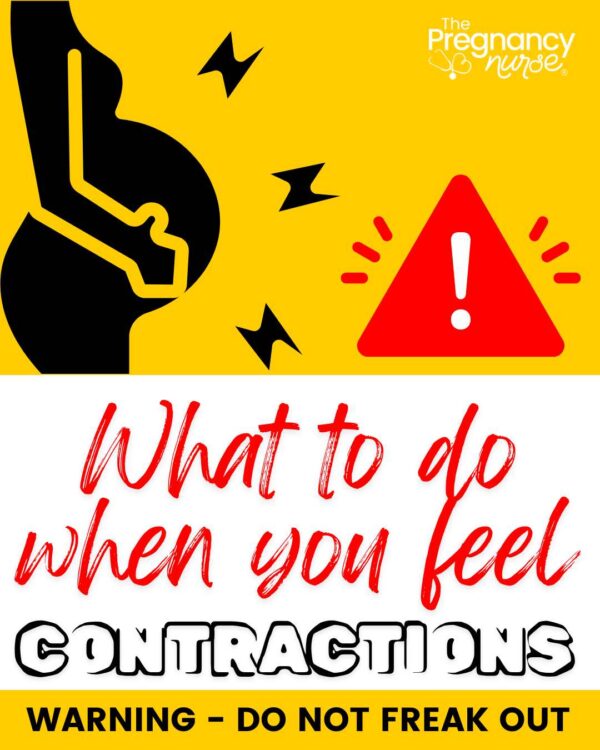
How Often Are They?
It’s pretty normal to have a contraction every now and then throughout your pregnancy.
Earlier in pregnancy they’ll say something like — if you’re having more than 5 in an hour call me — so, if you’re just having one now and then it may be a reminder to put your feet up, and drink a bit more, but otherwise live your life.
Reminder: Ask your provider at your appointment how many contractions in an hour are OK for you right now? This will vary by how many weeks you are — which we’re going to talk about next
BTW, wondering more about labor, don’t miss these posts:
- What Does Water Breaking Look Like?
- Free Birth Class with Insurance
- How To Dilate Faster
- What You Need To Know About Precipitous Birth (Fast Births)
- The BIGGEST Myth About Labor (Bar-None)
How far along are you?
This one is REALLY important. If you’re only 33 weeks, that is VERY different than someone who’s 38 weeks — even though they’re only about a month apart — that month is a VERY important one for the baby’s growth.
You’re going to want to check what # of week your doctor is no longer worried about you going into labor, but I am going to use 36 weeks as a safe middle zone where they probably won’t stop you. However, we’d MUCH rather see you go past 37 weeks as having your baby in 33-36 weeks is considered “early preterm” and baby can have complications.
Make SURE that you’re getting a prenatal class to understand all of this better. I recommend finding one around 20 weeks, but it’s NOT TOO LATE. This one only takes a few hours and can easily be stuffed into your busy day!
Before 36 weeks
(or whatever your provider says) And you’re having them frequently (more than just now and then….
You’ll want to call your provider, or labor and delivery (if they take phone calls) or go into the hospital.
You’re going to want to have these checked out, have baby checked out and see if you can stop them.
There are medications we can give you. Sometimes it’s via an IV, or a shot or a pill depending on how many weeks you are and how strong they are.
We can also do a test called fetal fibronectin that can tell us if your cervix is actually opening, as you can have useless contractions that aren’t actually doing anything and we’re not as nervous about those.
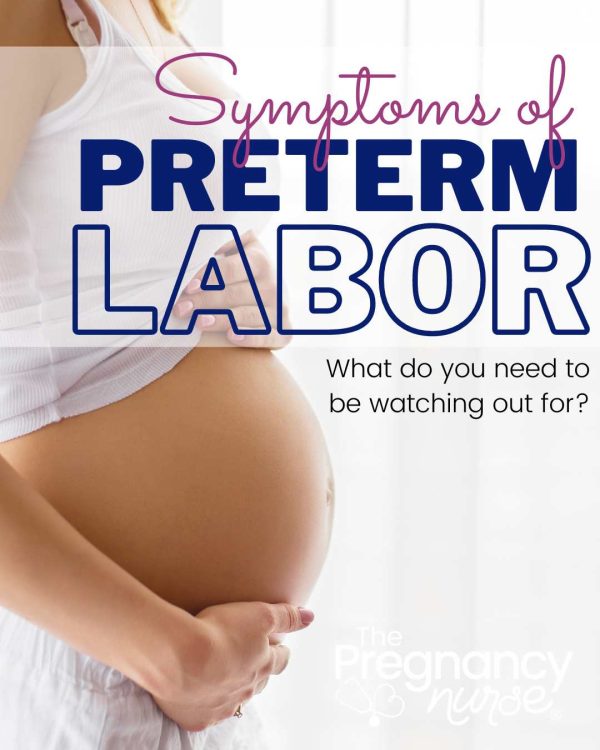
After 36 weeks:
First thing: Don’t freak out. It’s really normal to have contractions every now and then.
Just make a note. Ok, we had one around 12:25… let’s see if we get anymore. If it’s been 10-15 minutes with nothing, relax. Go about your day. Again, you can always hydrate (dehydration is the #1 cause of false labor), but remind yourself you’re doing great and this is normal.
BUT if you get another one in that 10-15 minutes span — again, take a note. “Ok, those were about 9 minutes apart — interesting!”
Remember, it’s NORMAL to have contractions, and having one or two contractions doesn’t mean you’re going into labor or frankly, even that labor is soon. Just take a note (and drink some water).
Let’s say you’ve gotten about 10 contractions in an hour and they’re continuing.
Again, you’re not freaking out you’re just taking note.
What do you do now (as long as you’re PAST 36 weeks, or whatever timeframe your doctor feels is safe for you)?
Here are my top 3 things to do when you’re in early labor:
- Clean — I know you hate me, but getting on hands and knees can help your baby find their best spot, and it allows you to maybe get a little work done. No harsh cleaners though (I have a podcast here on that if you want more info).
- Cuddle up — Get with that partner of yours, and cuddle up. Just let that oxytocin, and love flow. You’ll feel safe and supported and they’ll feel like they’re doing something (don’t worry, I have more tips for partners coming up)
- Cook — Now’s a great time to make some meals. Even if you don’t go into labor you’ll appreciate having them, or you’ll have them after baby is born. Freezer meals are a great option!
At this point in time you’re just marking when contractions come and seeing if:
- They get closer together
- They get stronger
- They get longer
Those are signs that this might be the real thing!
You’re also watching for any other of the signs of labor. Remember, you can grab that checklist right here:
Labor, most often, doesn’t come alone. You’ll likely have a few other signs if this is the “real deal” — and I actually have a whole chapter in The Online Prenatal Class for Couples about doing early labor at home with more tips and ideas, don’t miss it!
Hopefully, you’ve figured out what contractions should look like before you head into the hospital (I have a whole post about how to time going to the hospital). If you have any questions call your provider. We’re VERY used to talking people through these things, and we can often tell where you’re at by how you sound on the phone.
Remember, you can ALWAYS go into labor and delivery to see how you’re doing. If you’re in active labor they’ll keep you, and if you’re not they’ll send you home — but you’ll know that you’re safe.
If you think you’re good to stay home make SURE that you’re doing these three things:
- Sleep — if you can actually sleep, get some rest. That is ALWAYS a win.
- Move – if you’re not ACTUALLY sleeping, move every 30 minutes. Even if it’s just changing position that can be a win. If you’re willing to do some curb walking, lunges or time on a labor ball that can be a win too!
- Hydrate – Don’t forget to keep drinking. It will keep “false labor” away, and it will help your veins be ready if you’re actually going into labor
“False Labor” feels defeatest — it’s just contractions (that can be very painful) that aren’t opening your cervix. That’s all they are.
While we’re here, don’t forget that labor bag. I have a whole post on when to pack it — and you can grab my packing list right here:
What can partners be doing?
Ok, you’re cleaning, cuddling and cooking — what’s your partner doing?
I hope they’re right in there with you! They can be your sous chef and sous cleaner. They’re just your buddy in all of this.
They’re helping you stay hydrated and fed. They’re seeing what they can do to help.
The main thing is for you to tell them exactly what you need from them. Maybe you want them away from you, be kind but tell them that. Maybe you want them to rub your feet — tell them that. They really are NOT going to mind-read you at this point. Your thoughts and feelings are all over the place, so just be clear with communication.
Partners: Now is NOT the time to get your feelings hurt. You really are just there to support her. Do what she wants and help take care of her, that’s it.
I actually have a whole partner tips video in here where we go over things partners can do to help you feel supported. That is in addition to my natural pain management video where I show them some easy ways to help you feel comfortable.
You really want a TEAMMATE at this point, not just a cheerleader that’s giving you a “yay” from the sidelines. You want someone who’s really going to be in the game with you. But, to do that, they’re going to need a little training — I aim to do JUST that in here.
I really think it’s so valuable, I really want to see you get started today. Use coupon code PARTNER to save 10% on your class TODAY!

Want to do a “vibe check” with me to see if we’re a good fit first grab my free labor tips. It’s your first step toward getting in the driver’s seat of your birth.


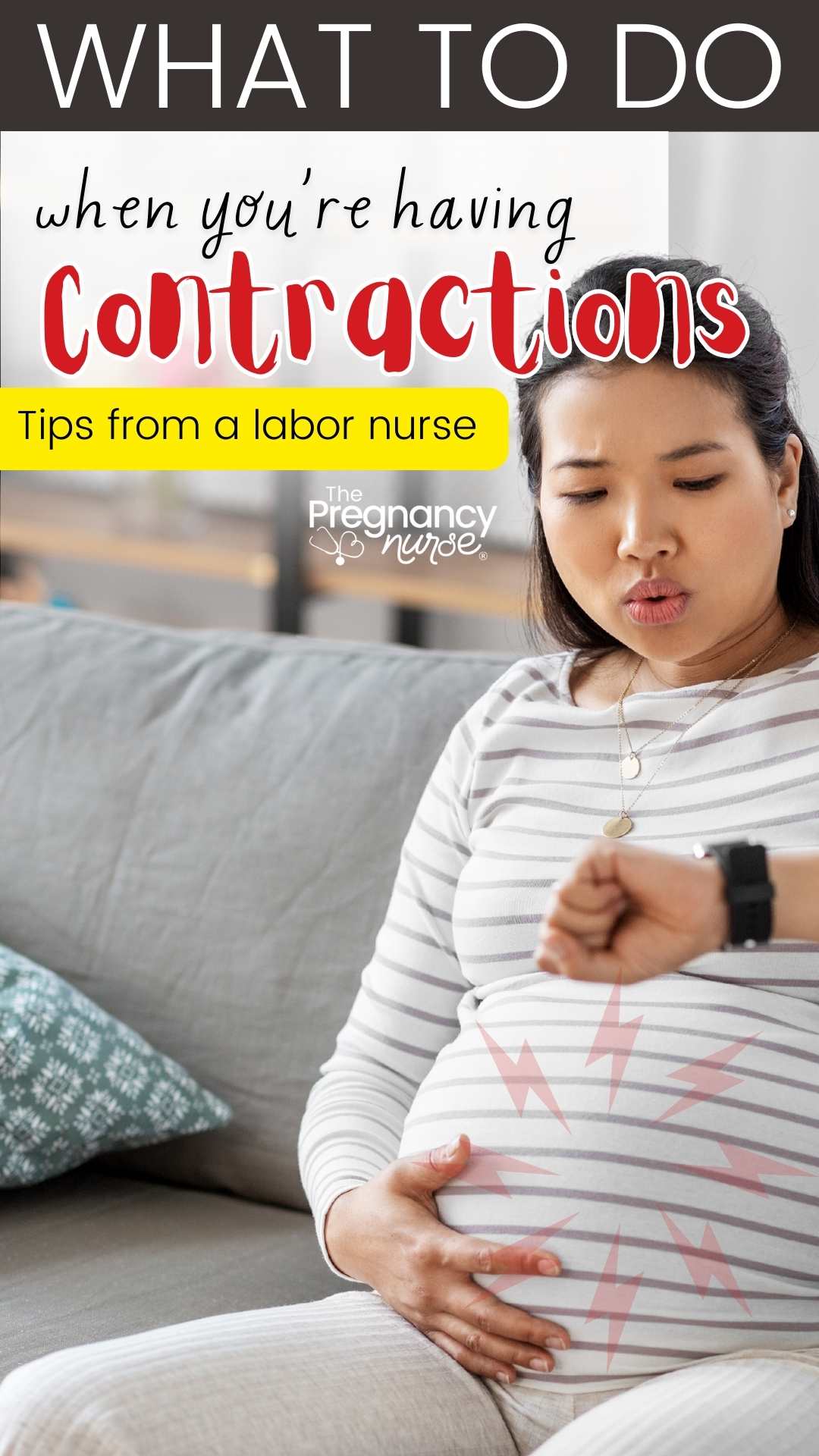
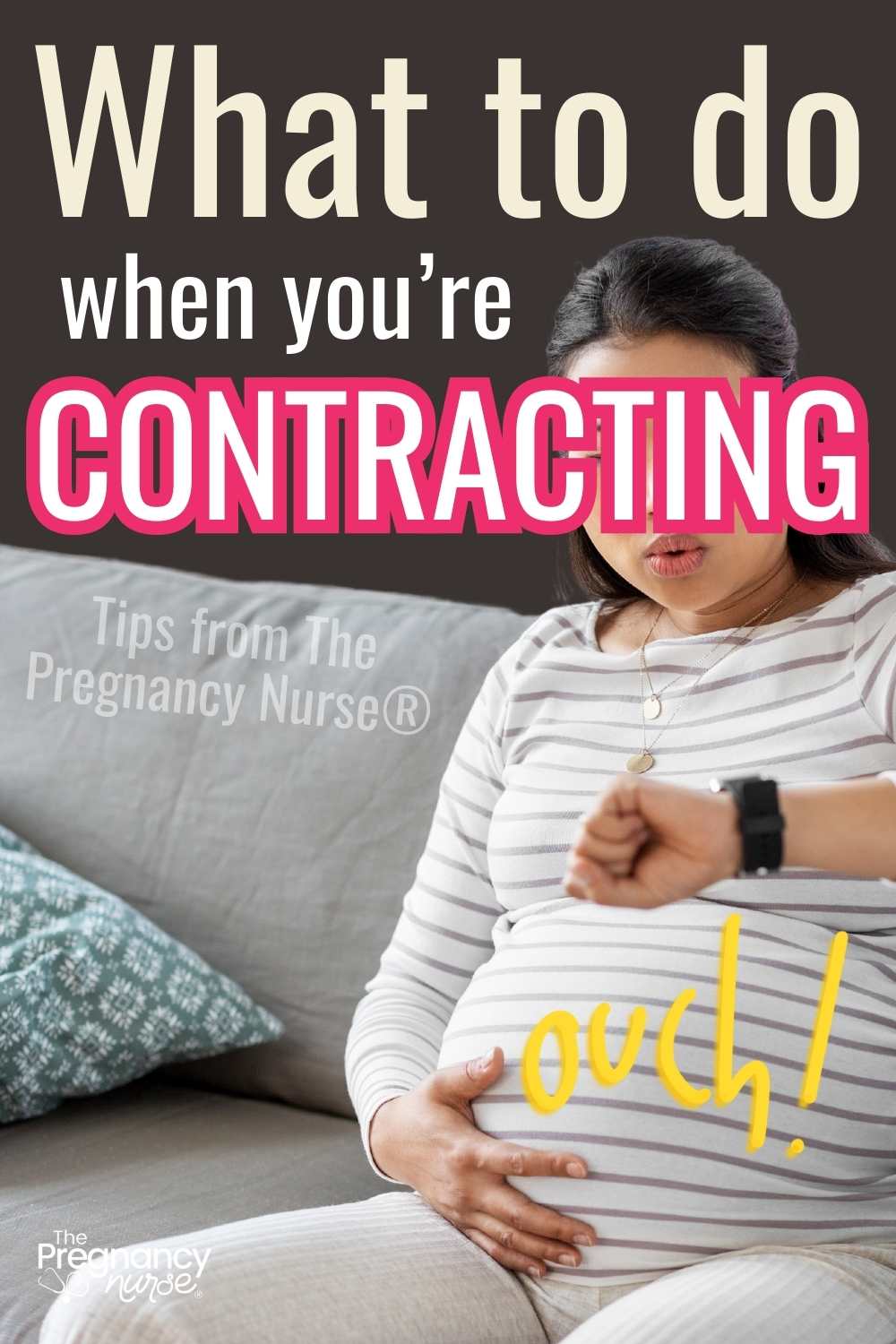
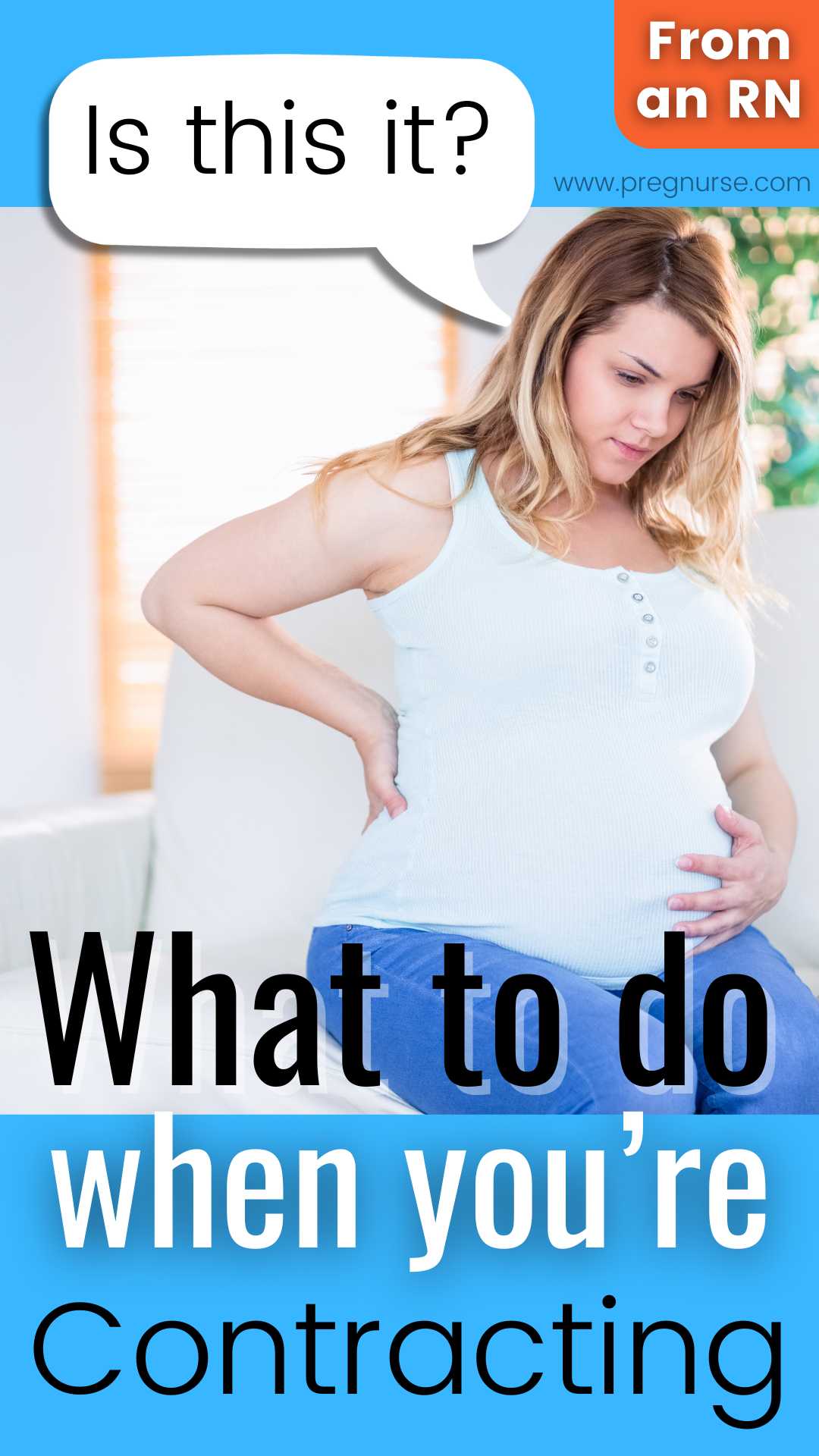

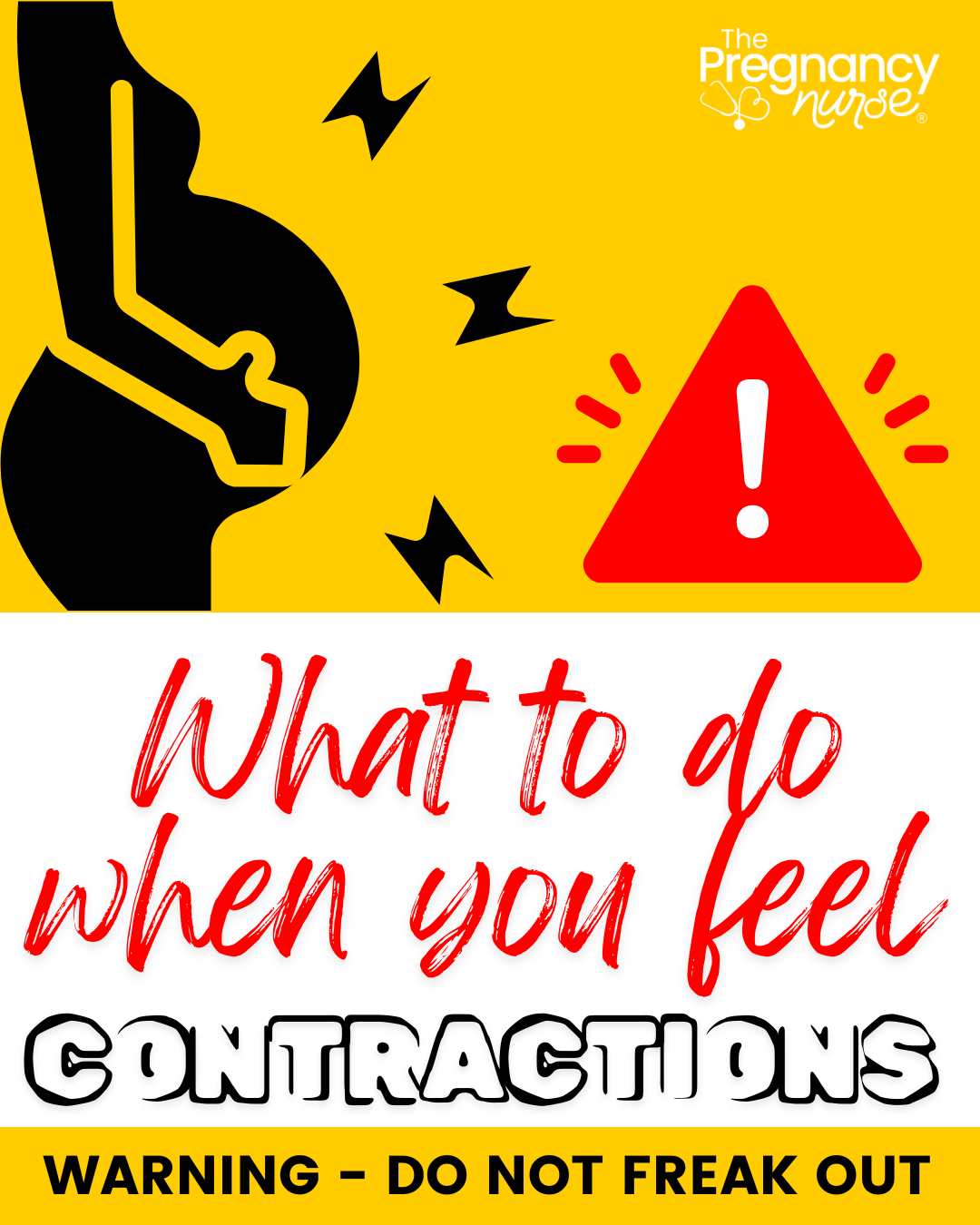


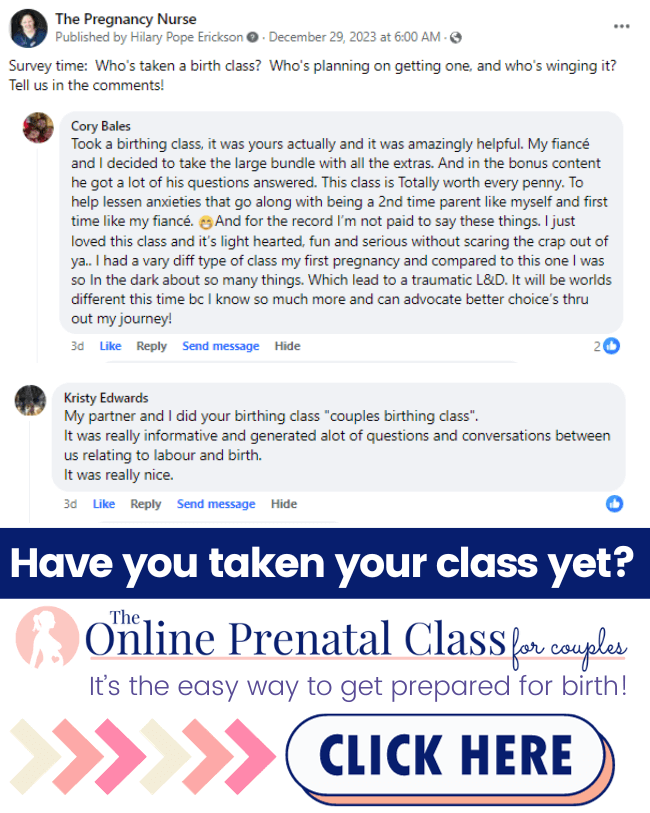



 Can You Refuse a Urinary Catheter During Labor
Can You Refuse a Urinary Catheter During Labor
